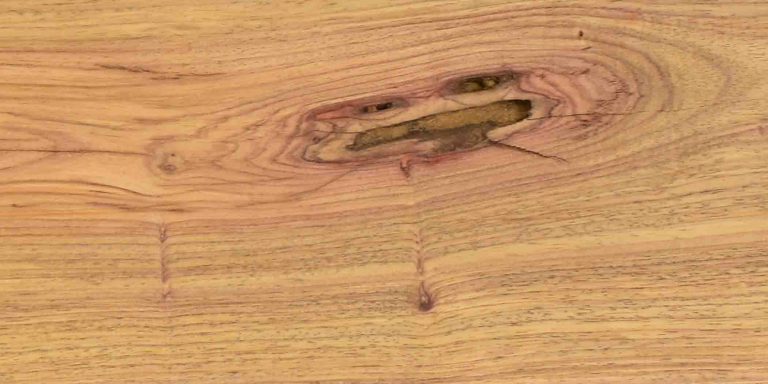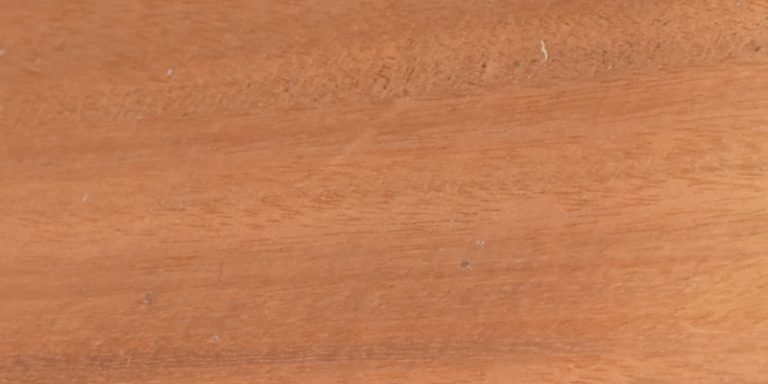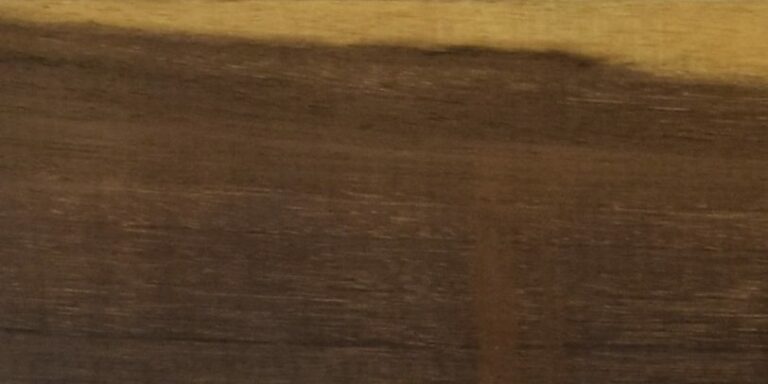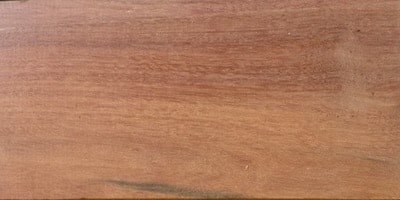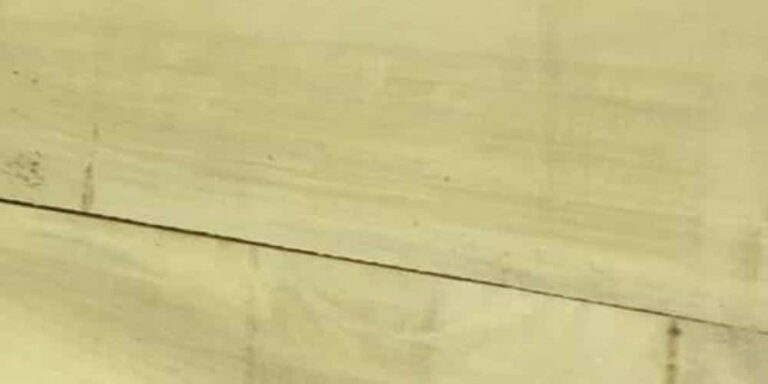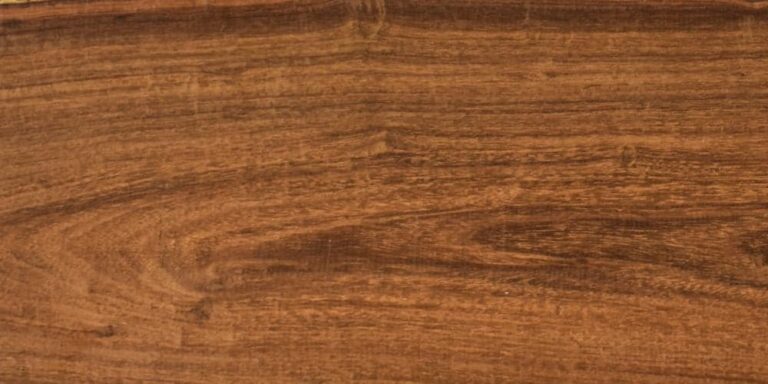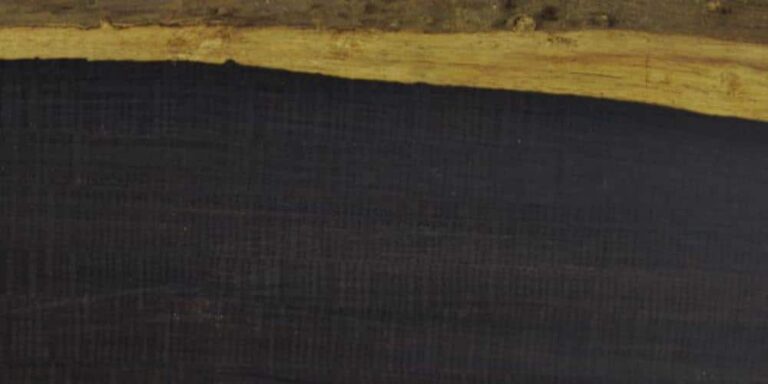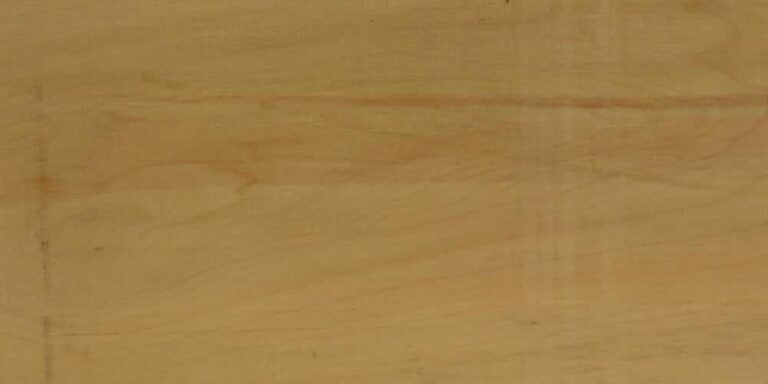Renowned for its vibrant purple hues, Purpleheart is not only visually striking but also one of the toughest woods in the world. Known for its exceptional stiffness and hardness, Purpleheart boasts an impressive strength-to-weight ratio, making it one of the most durable hardwoods available. Its natural water resistance, combined with its durability, has made it a popular choice for outdoor applications, such as decking and even truck bed flooring.
The wood typically features a straight or wavy grain, though some pieces may show more irregular patterns. Its texture ranges from fine to medium, and it has a natural luster that emerges beautifully when finely sanded. Purpleheart works well with sharp tools, making it suitable for turning, carving, and other detailed work. It also glues and finishes nicely, but sharp blades are essential for optimal results.
When first cut, Purpleheart has a dull brown color with faint purple tones. However, within minutes, it transitions into a range of rich purple hues, influenced by factors like species and growth environment. With continued exposure to UV rays, the color gradually darkens to a deeper brown with purple undertones. This color shift can be slowed with a finish that includes UV inhibitors, preserving the wood’s vibrant purple appearance.
Despite its generally cooperative workability, Purpleheart’s hardness and density can cause challenges if tools are dull. When resawing with a dull blade, the wood may overheat and release a black, tar-like resin that requires careful sanding to remove.
Although Purpleheart grows across a wide range in Central and South America with 23 recognized species, its popularity in recent years has led to overharvesting in some areas, putting pressure on certain populations. Conservation efforts are important to ensure the sustainable use of this remarkable wood.

